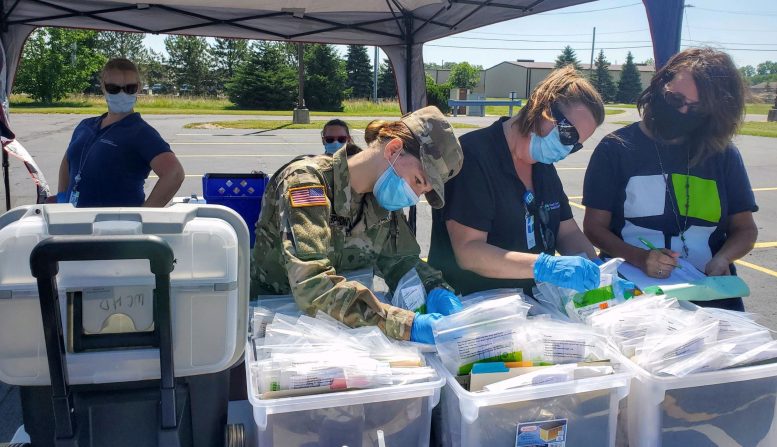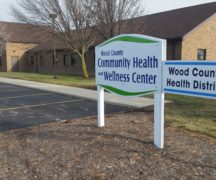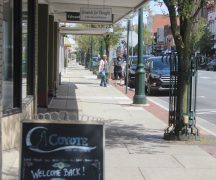By JAN LARSON McLAUGHLIN
BG Independent News
COVID-19 testing and contact tracing is about to get a big boost in Wood County and at Bowling Green State University.
The Wood County Health Department voted Thursday evening to hire 35 more people to work on contact tracing, staff a call center and provide support.
Wood County Health Commissioner Ben Robison reported that the current staff working on contact tracing has been working “eight days a week. We need to give them some relief.”
Robison told the board that the health department has received close to $400,000 in federal funding that must be used by the end of 2020.
“We don’t want to leave this on the table,” he said.
With a population of close to 130,000, Wood County should have 20 contact tracers to meet demands, Robison said.
“My goal is to bring this on as quickly as possible,” he told the board.
The new contact tracers will work staggered shifts, so there is coverage seven days a week.
“I’m very pleased with this,” health board member Bob Midden said. “I think it’s an important tool, probably one of the most effective ways that we can suppress infections in addition to some of the testing that we’re going to be doing.”
Robison reported the health department is working on providing free pop-up testing in Bowling Green. The health department would like to target locations that have potential higher risk populations.
Staff is reaching out to local business owners to see if they would be willing to host the testing sites, he said.
The health board also voted to rent equipment that would allow staff to do rapid testing for COVID and for the flu at the same time.
Currently the curbside COVID testing at the health department is offered two days a week because of limited staff. Robison would like to see that ramped up to four days a week.
Wood County has seen some spikes recently in COVID cases, with the age of infected people trending downward. Robison said 47% of the positive cases are now between the age of 20-29, and 27% are 19 and younger. Nearly 70% involve BGSU students.
The rate of increased cases dropped this week.
“I don’t know if we fully understand why this is, but we’re glad of it,” Robison said.
Testing is also being ramped up at BGSU, according to Ben Batey, chief health officer at the university. BGSU is working with Wood County Hospital on offering PCR testing for COVID at the hospital. When up and running, the program should be able to offer 400 tests a day, with a 24-hour turnaround on results.
The university is also preparing to get 500 antigen tests a week from the state, Batey reported to the board.
“We’re really ramping it up,” he said.
BGSU is continuing efforts to do 400 random COVID tests a week. But it has been difficult to find students willing to comply. The university has been sending out mass emails asking students to participate. But only about 50% of students open their emails, Batey said.
So now BGSU is texting students about the surveillance testing, which has “dramatically increased” the response rate, Batey said.
The idea of mandatory testing of students has been met with pushback, he added. The university would only implement that in the case of an outbreak.
The health department is working with BGSU and the City of BG to make a video about guidelines for bars during the pandemic. During a recent check on how bars are handling the guidelines, Robison said it was clear that bar patrons were not aware of the restrictions.
“Students and patrons didn’t always know what they were supposed to do,” he said.
Some local bar owners have said they are willing to play the video on a loop on the TVs in their establishments, Robison said.





